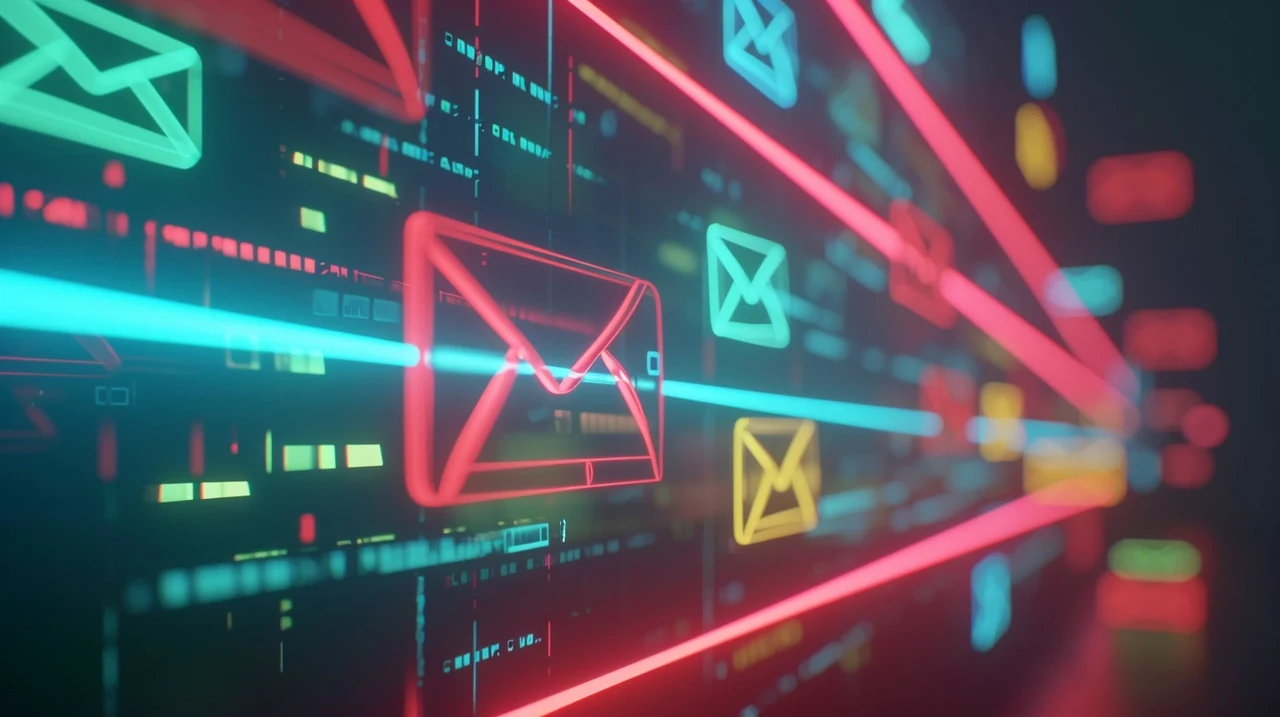
If you could do with a little help in responding to the enquiries or conversations your business or brand engages with on Facebook you might be interested in a new solution which harnesses the power of ChatGPT to automatically reply to your Facebook messages. Social media platforms, such as Facebook, have become a hub for customer interactions, and with the influx of messages, companies are turning to AI chatbots to keep up with the demand. These chatbots, especially those trained with sophisticated models like ChatGPT, are proving to be invaluable in maintaining timely and effective communication with customers.
AI chatbots are reshaping the landscape of customer service. They handle incoming messages with impressive efficiency, providing responses that are so natural and conversational that customers often feel as though they are interacting with a human. This level of interaction can leave a lasting positive impression on customers, fostering satisfaction and loyalty. For businesses looking to adopt this technology, platforms like Fast Bots offer an accessible way to create and train chatbots without any technical headaches.
The success of a chatbot is largely dependent on its training. It’s crucial to use a variety of materials that mirror the nature of your business and the needs of your customers. This preparation enables the chatbot to deal with a wide range of questions and to escalate more complex issues to human support through email. Fast Bots, for example, provides customization options that help ensure your chatbot operates within your company’s guidelines and accurately reflects your brand.
How to use ChatGPT to reply to your Facebook messages
Here are some other articles you may find of interest on the subject of creating automations using OpenAI’s ChatGPT :
Integrating these chatbots with existing systems, such as Facebook Messenger, is made simple with tools like Zapier. This allows for a seamless connection between your customers and the chatbot, enhancing the overall user experience. The personalization features of these chatbots are also noteworthy, as they can be tailored to meet the specific needs of your business, ensuring that the chatbot’s behavior is in line with your company’s ethos.
One of the most significant advantages of AI chatbots is their ability to offer round-the-clock automated responses. This ensures that no customer inquiry goes unanswered, regardless of the time of day. The immediate response capability of chatbots can greatly improve response rates and, as a result, customer satisfaction.
The process of setting up a chatbot is surprisingly simple. By signing up with a platform like Fast Bots, you can train your chatbot with the resources you’ve gathered. Then, with a few steps in Zapier, you can connect your chatbot to Facebook Messenger and begin automating your message replies.
However, the work doesn’t stop once the chatbot is up and running. Ongoing monitoring of chat interactions is essential for refining your service. Many chatbots come with features that allow you to email chat histories to your team, which can be used for effective sales follow-ups and to provide additional support when necessary.
Things to consider when using AI chatbot
- Customizing the Chatbot: Tailor the chatbot to reflect your brand and business needs. Customize the chatbot’s responses and behavior using the tools provided by platforms like Fast Bots. This ensures the chatbot aligns with your company’s ethos and customer service guidelines.
- Training the Chatbot: Feed a variety of materials into your ChatGPT chatbot that reflect your business’s nature and your customers’ needs. This comprehensive training enables the chatbot to handle a wide range of queries and escalate complex issues to human support.
- Seamless Integration with Facebook Messenger: Employ tools like Zapier to integrate the chatbot with Facebook Messenger. This facilitates a smooth connection between your customers and the chatbot, enhancing the user experience.
- Automating Responses: Chatbots, especially those built on ChatGPT, can provide round-the-clock automated responses. This capability ensures that no customer inquiry goes unanswered, improving response rates and customer satisfaction.
- Monitoring and Refinement: Once the chatbot is operational, continuously monitor interactions to refine your service. Many chatbots offer features to email chat histories to your team, aiding in sales follow-ups and providing additional support where needed.
- Leveraging Personalization Features: Take advantage of the personalization features of ChatGPT chatbots. Customize the chatbot to meet specific business needs, ensuring that interactions are consistent with your brand’s communication style.
- Ongoing Improvement: Regularly update and retrain your chatbot based on customer interactions and feedback. This ongoing improvement helps in maintaining the relevance and effectiveness of the chatbot.
Incorporating AI chatbots into your customer support strategy can significantly improve the way you interact with customers on social media. By automating responses and ensuring availability at all hours, your business can experience enhanced response times and increased customer satisfaction. The guidance provided here can help you set up and integrate an AI chatbot, allowing your business to reap the benefits of an efficient and automated communication system.
Filed Under: Guides, Top News
Latest timeswonderful Deals
Disclosure: Some of our articles include affiliate links. If you buy something through one of these links, timeswonderful may earn an affiliate commission. Learn about our Disclosure Policy.

